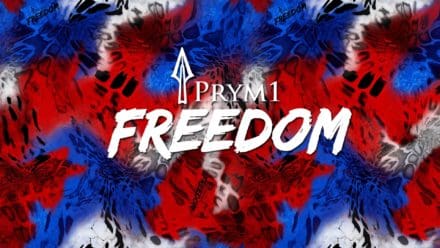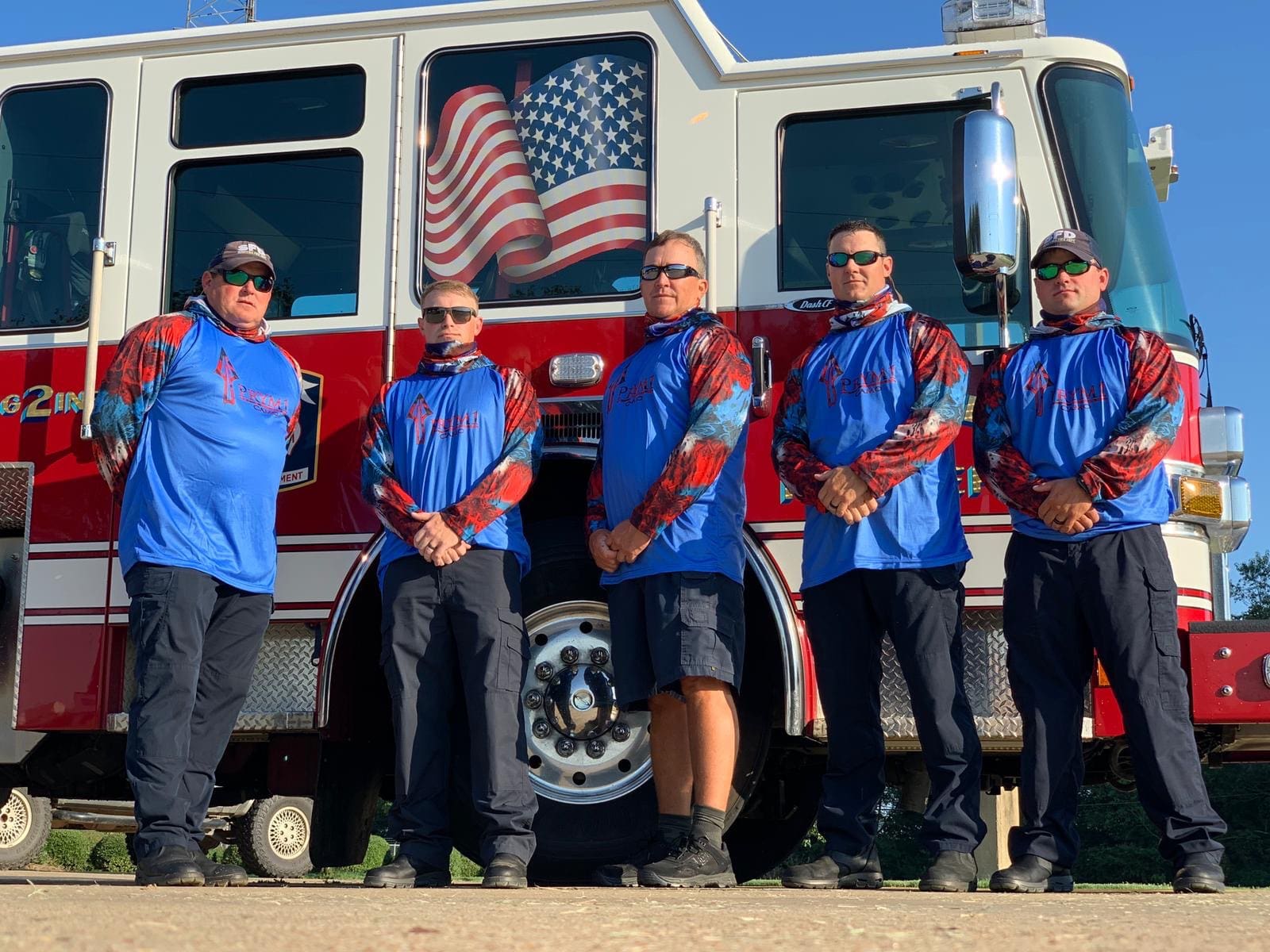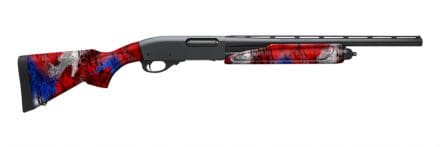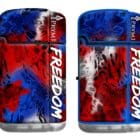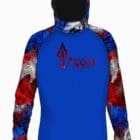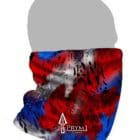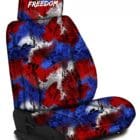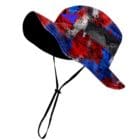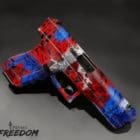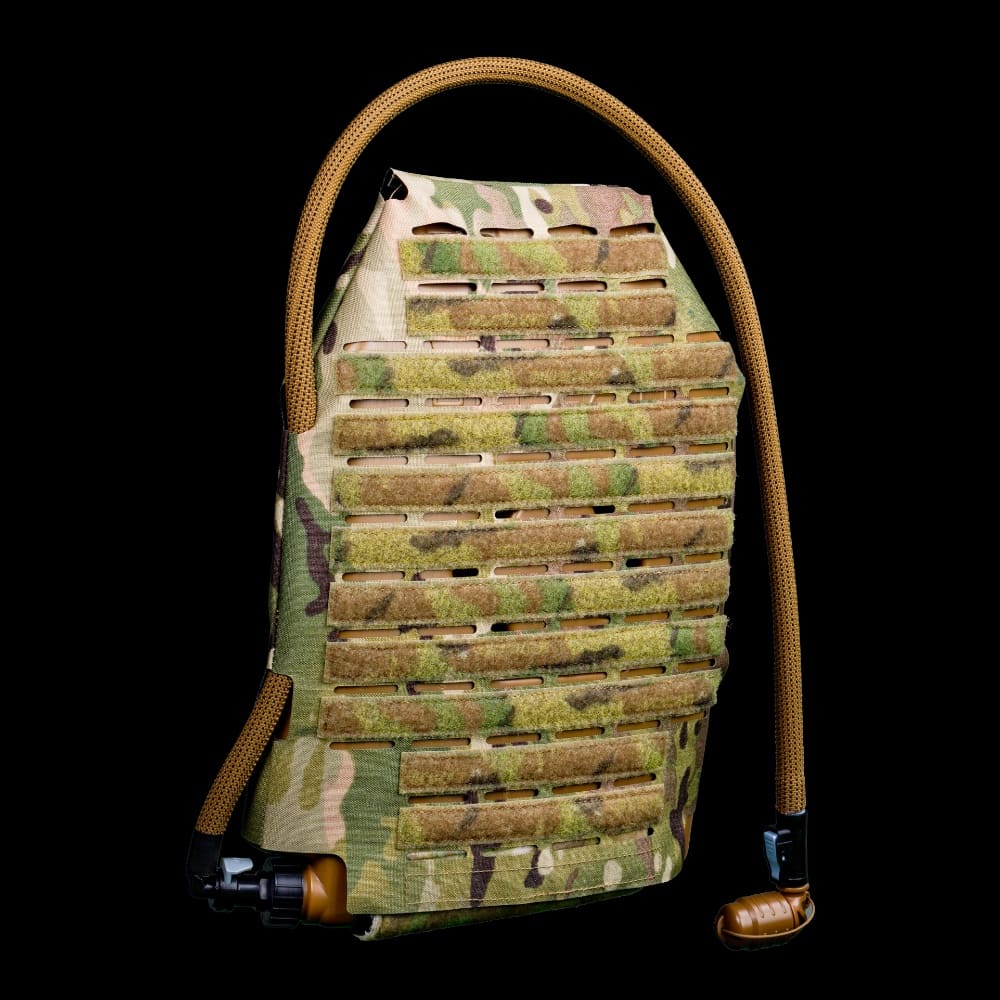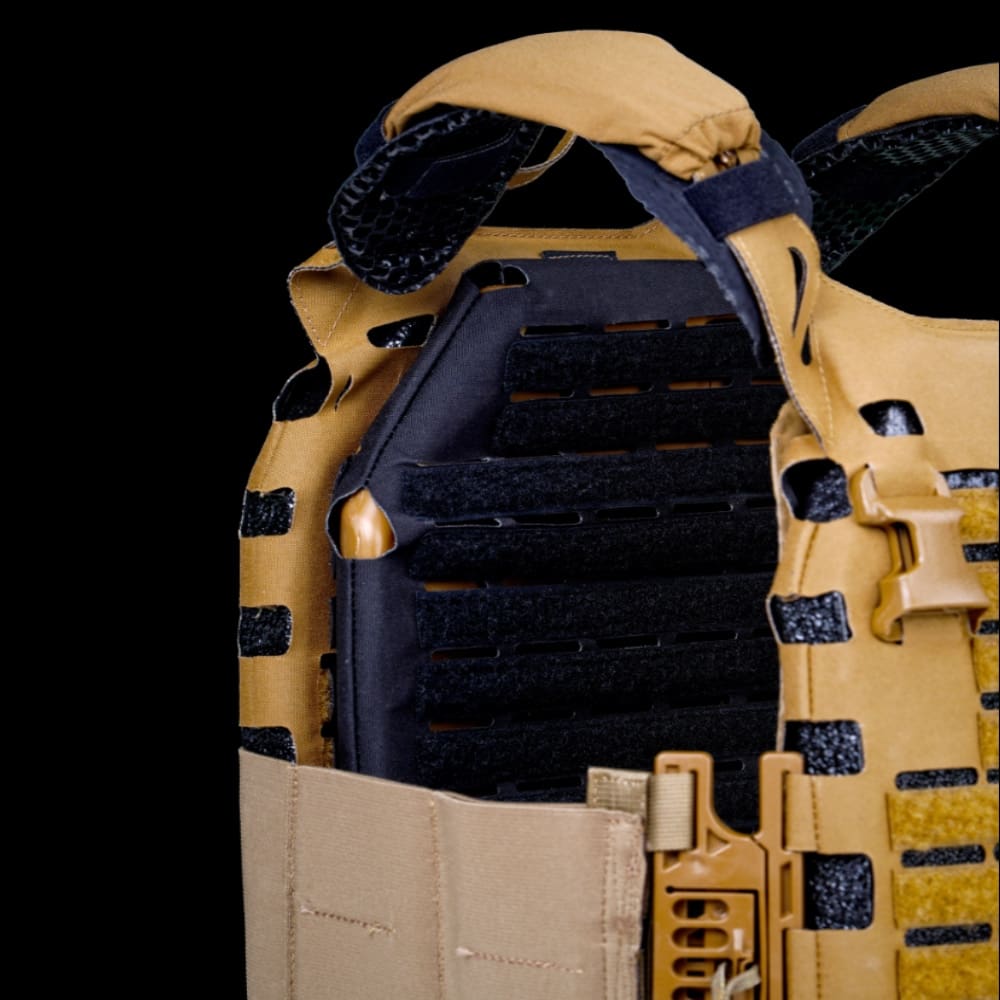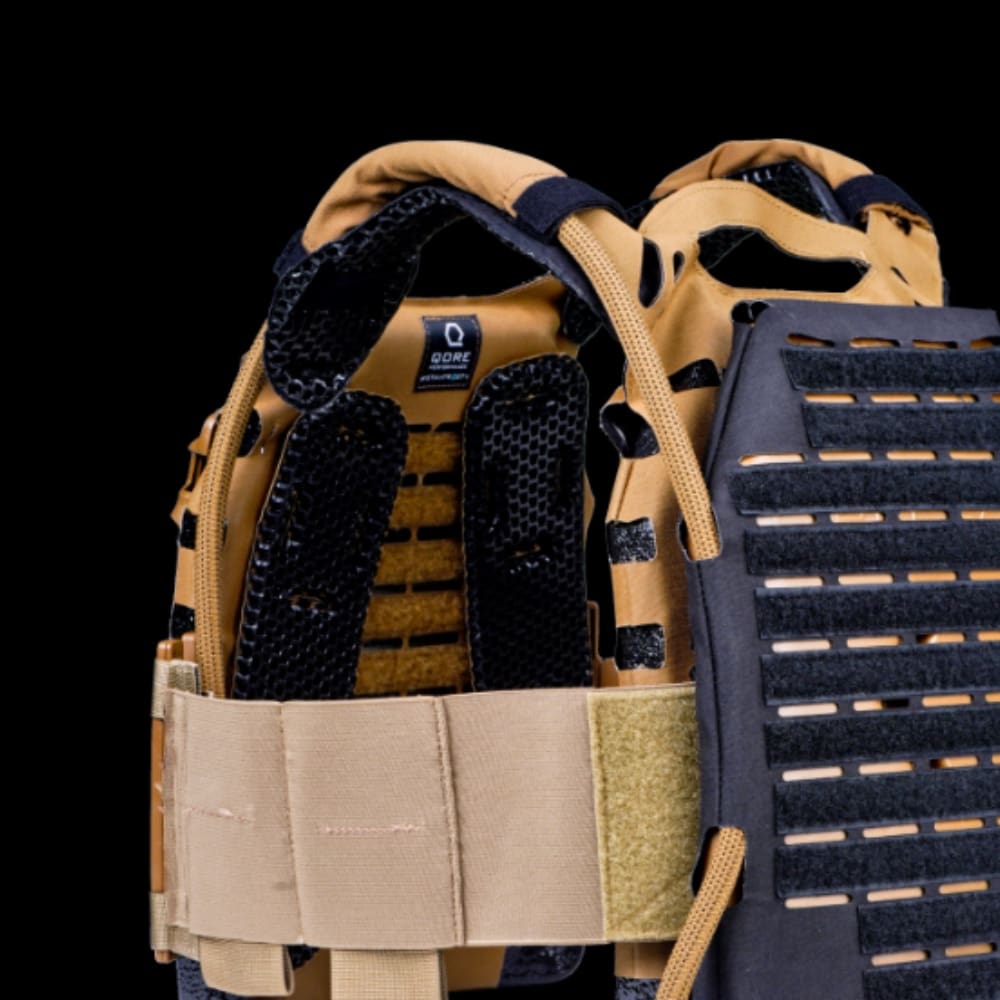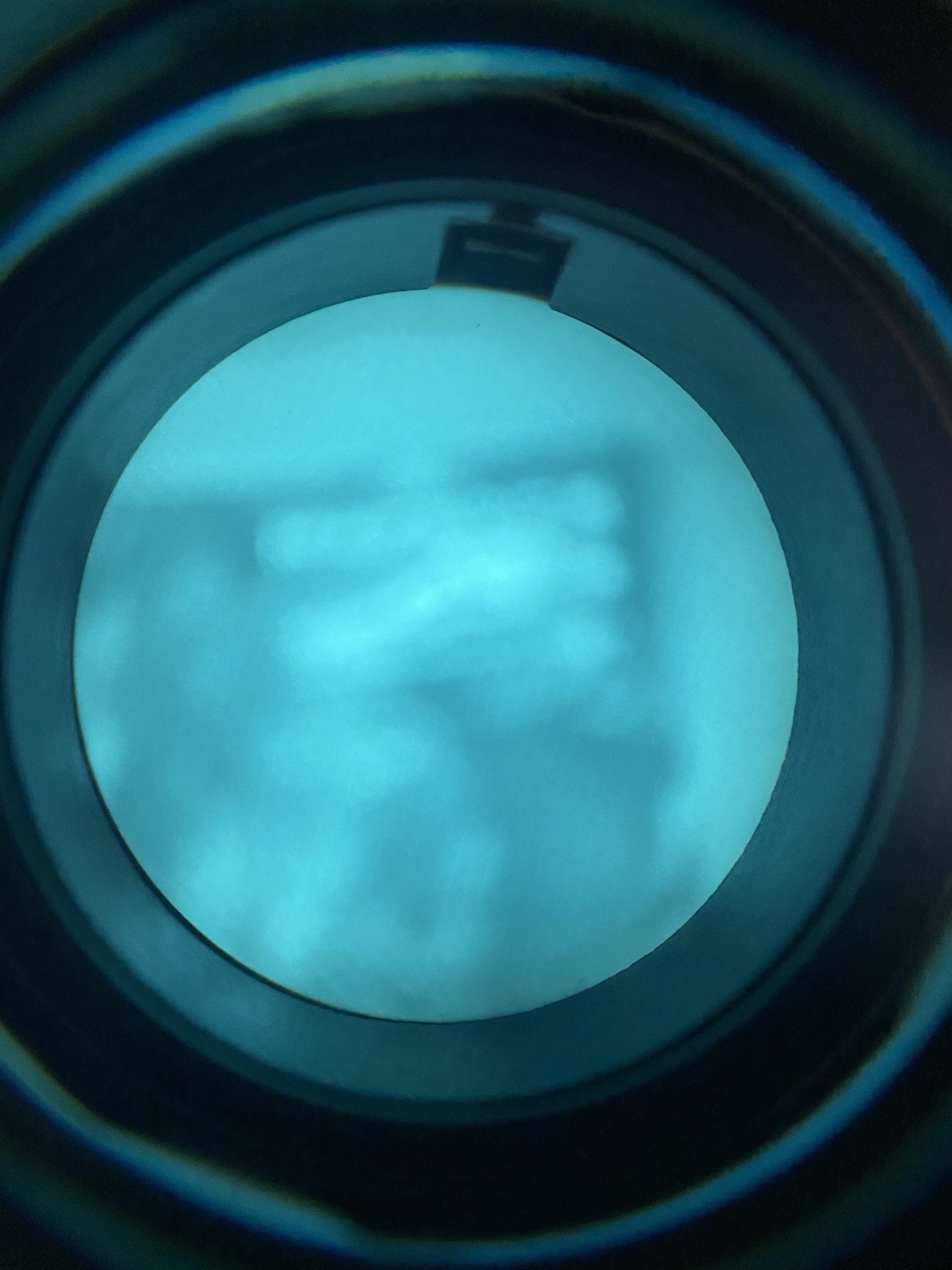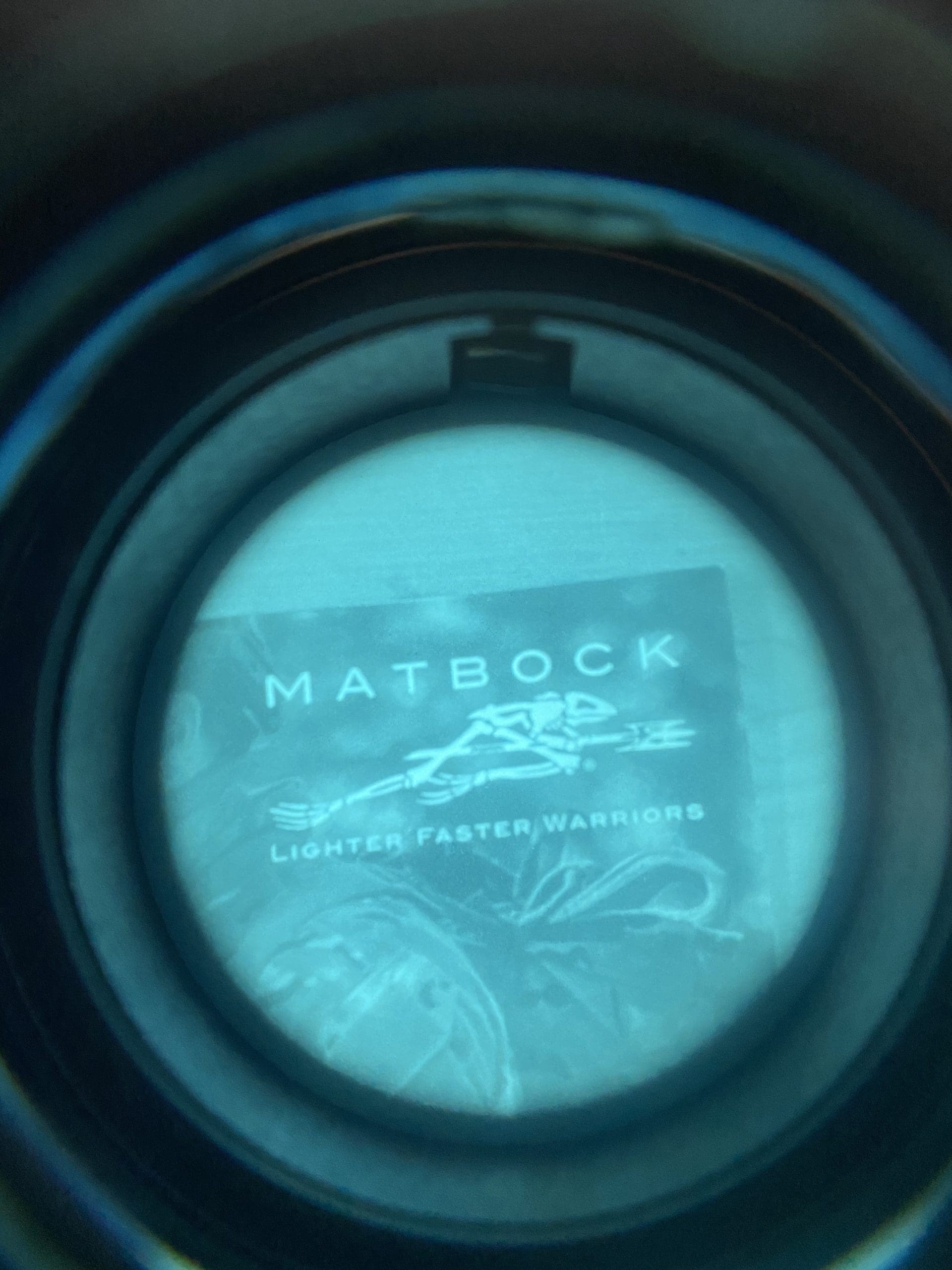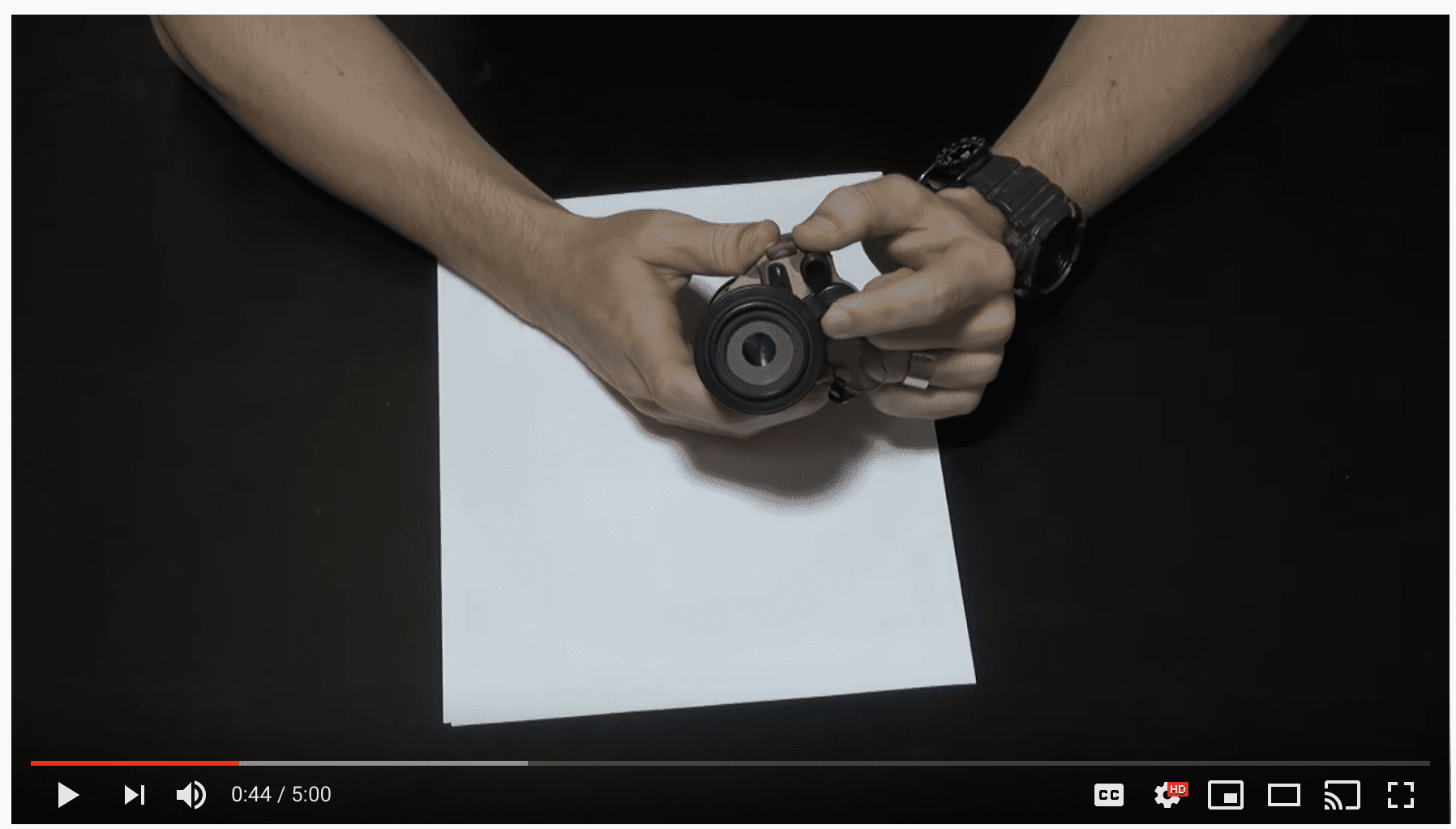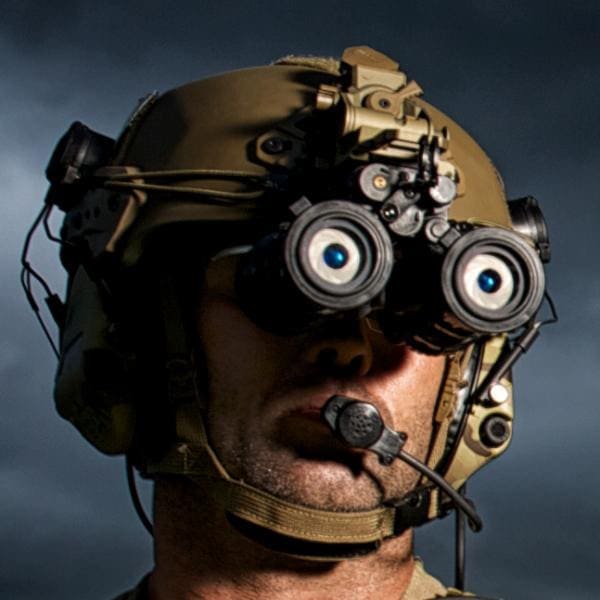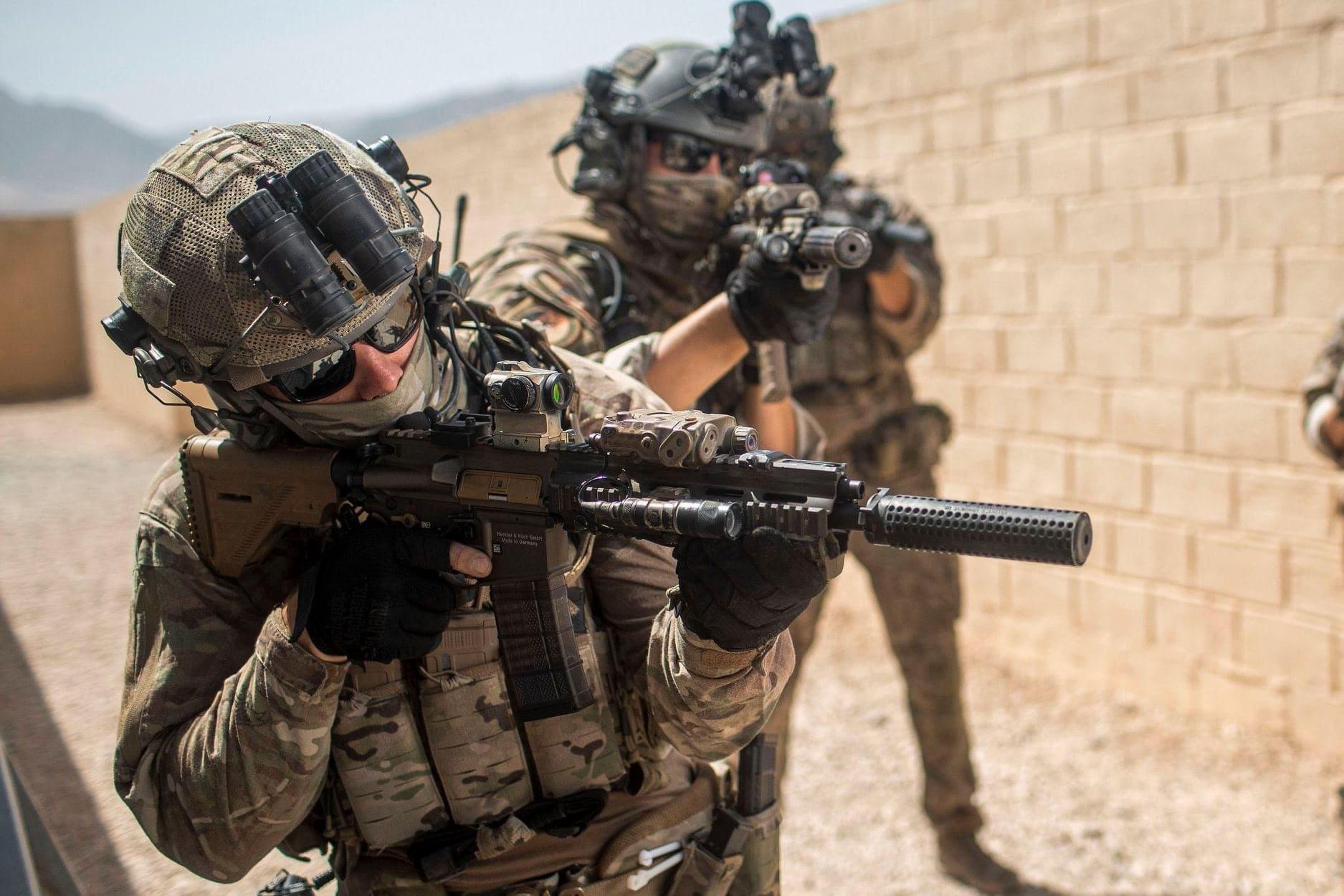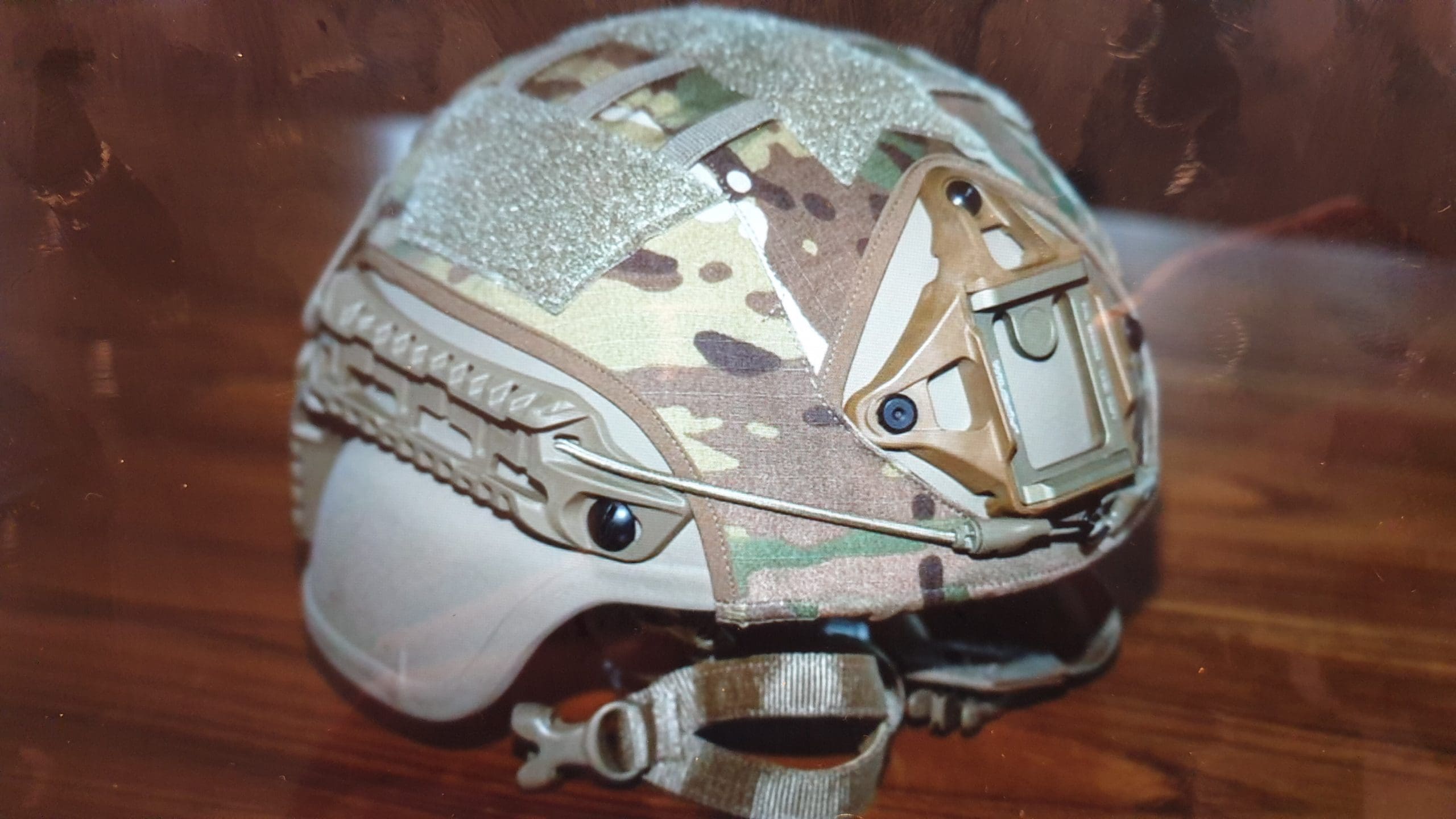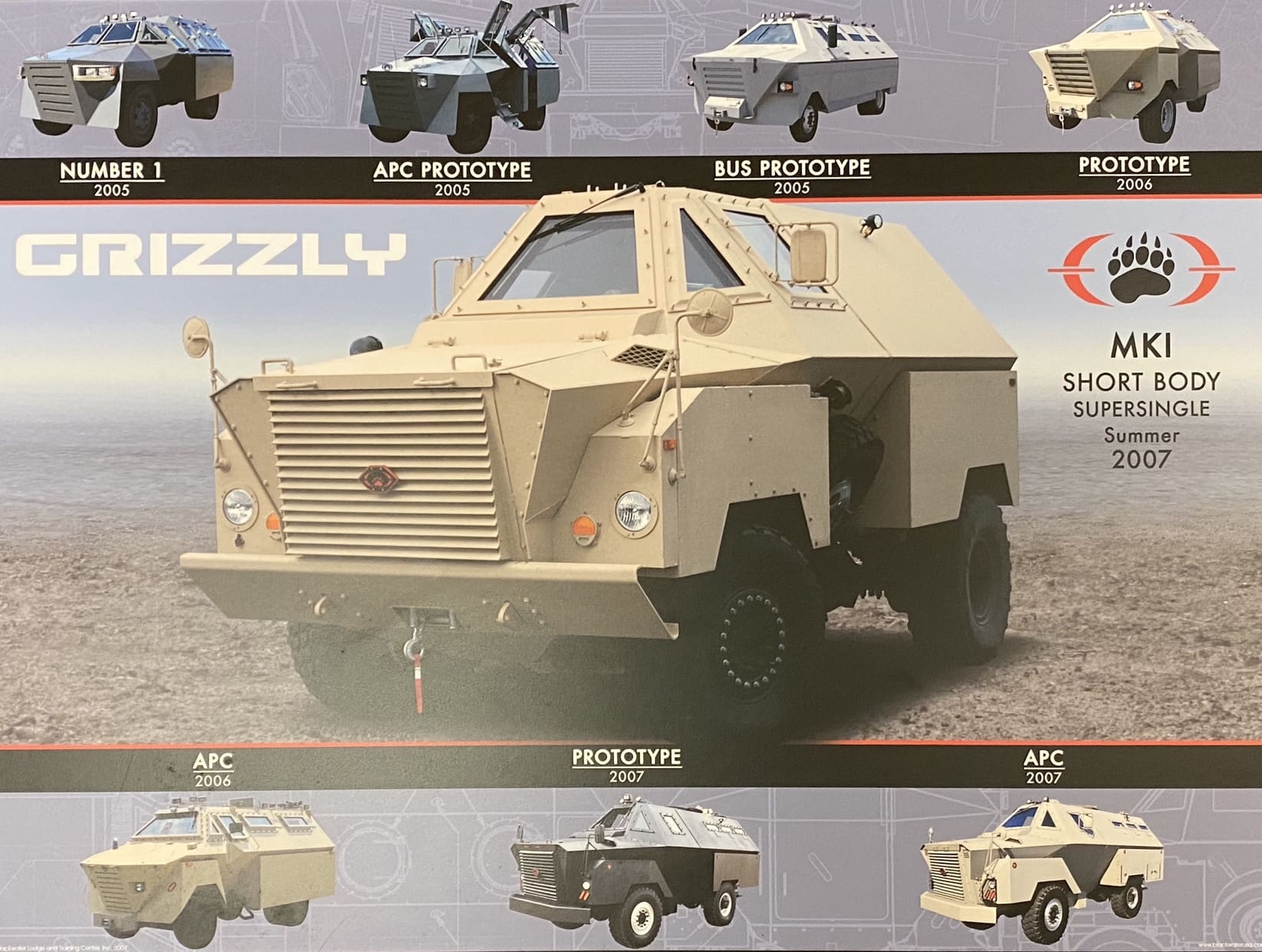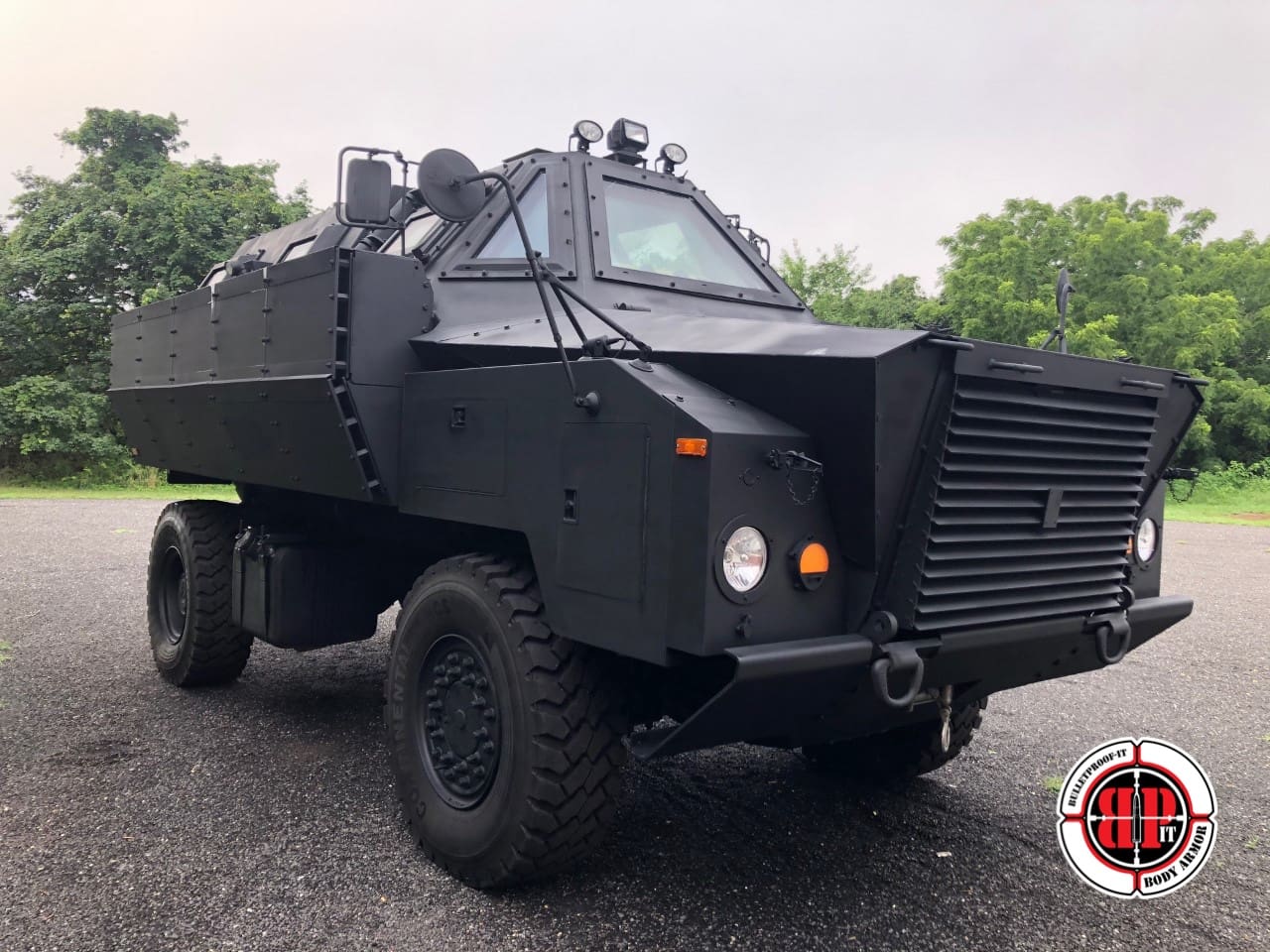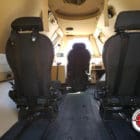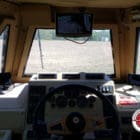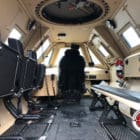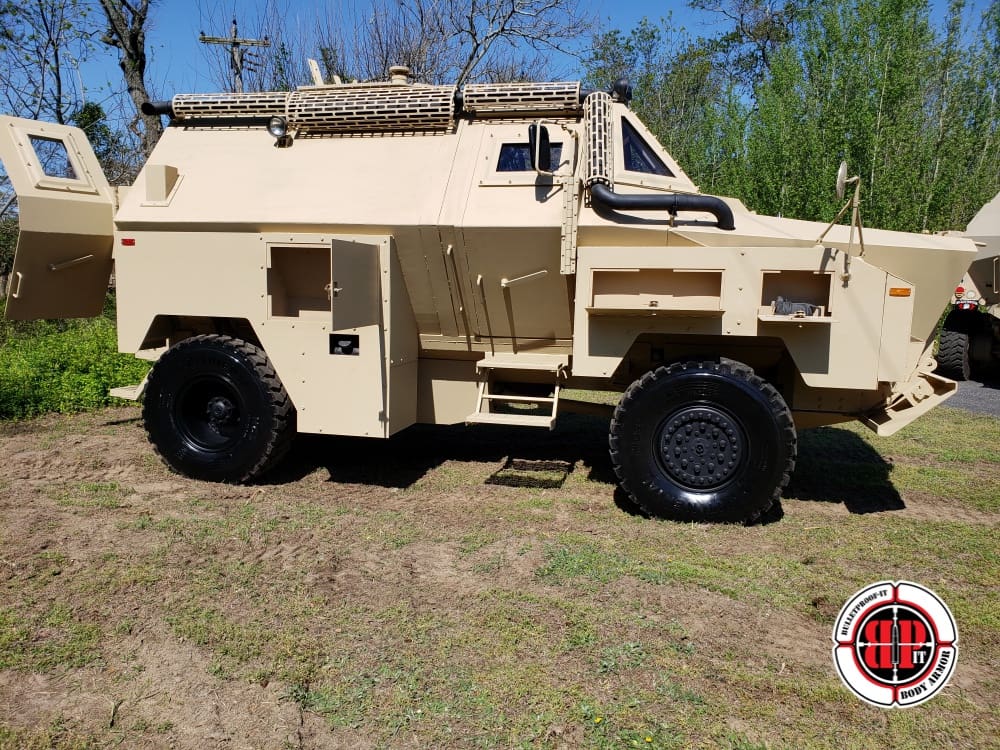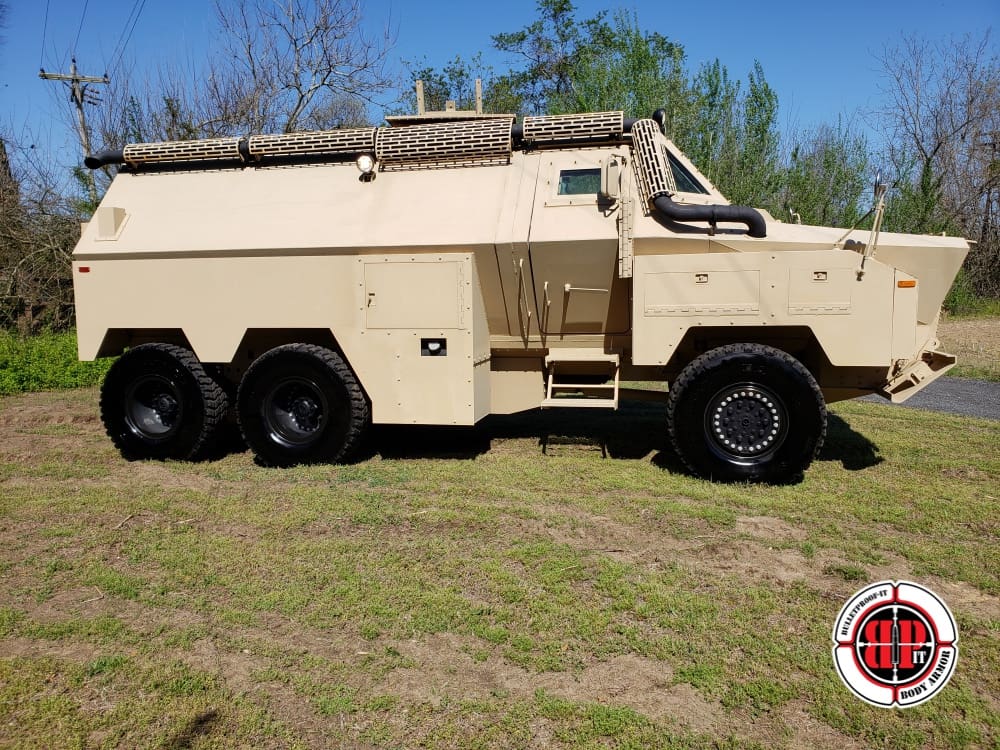
Brownells Releases Gen2 BRN-180 Uppers, Including 300 AAC Blackout
GRINNELL, Iowa (August 10, 2020) – Brownells announced the next generation of its popular BRN-180 uppers, including the much-anticipated version chambered in 300 AAC Blackout, perfect for use with a suppressor.
Launched at SHOT Show 2019 in Las Vegas, Nevada, the BRN-180 uppers combine features of the classic AR-180 with modern upgrades such as a full-length Picatinny rail and a free-float M-LOK handguard.
All BRN-180 Gen2 uppers are ideal for folding stocks or braces as the recoil mechanism is totally contained inside the upper.
The BRN-180 Gen2 updates include a new method of securing the handguard and adjustable gas blocks for all barrel lengths to optimize suppressor use.
The newest model has a 10” barrel chambered in 300 AAC Blackout, well-suited for a building a BRN-180S pistol or a registered short barreled rifle.
The other Gen2 BRN-180 uppers are still chambered in 223 Wylde to maximize accuracy potential with both 5.56 and .223 Remington ammunition.
In stock and shipping now, the Gen2 BRN-180 uppers include:
• 078-000-609 BRN-180S GEN2 Upper, 300 Blackout 10” barrel, $899.99 retail
• 078-000-599 BRN-180S GEN2 Upper, 223 Wylde 10.5” barrel, $899.99 retail
• 078-000-600 BRN-180 GEN2 Upper, 223 Wylde 16” barrel, $899.99 retail
• 078-000-601 BRN-180 GEN2 Upper, 223 Wylde 18.5” barrel, $899.99 retail
Going forward, Brownells will sell only the Gen2 version of its BRN-180 uppers.
To learn more, see the Brownells BRN-180 page.



